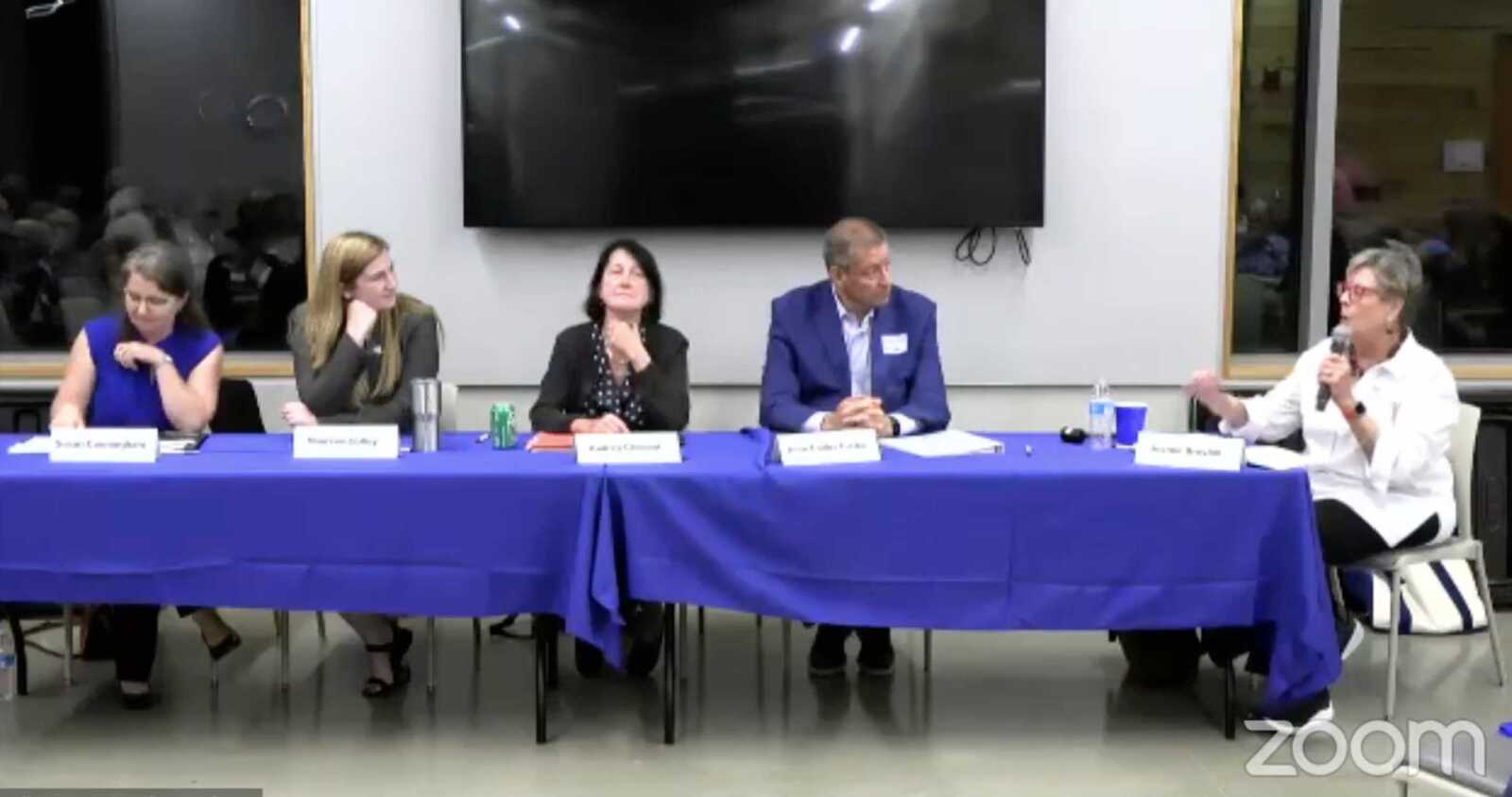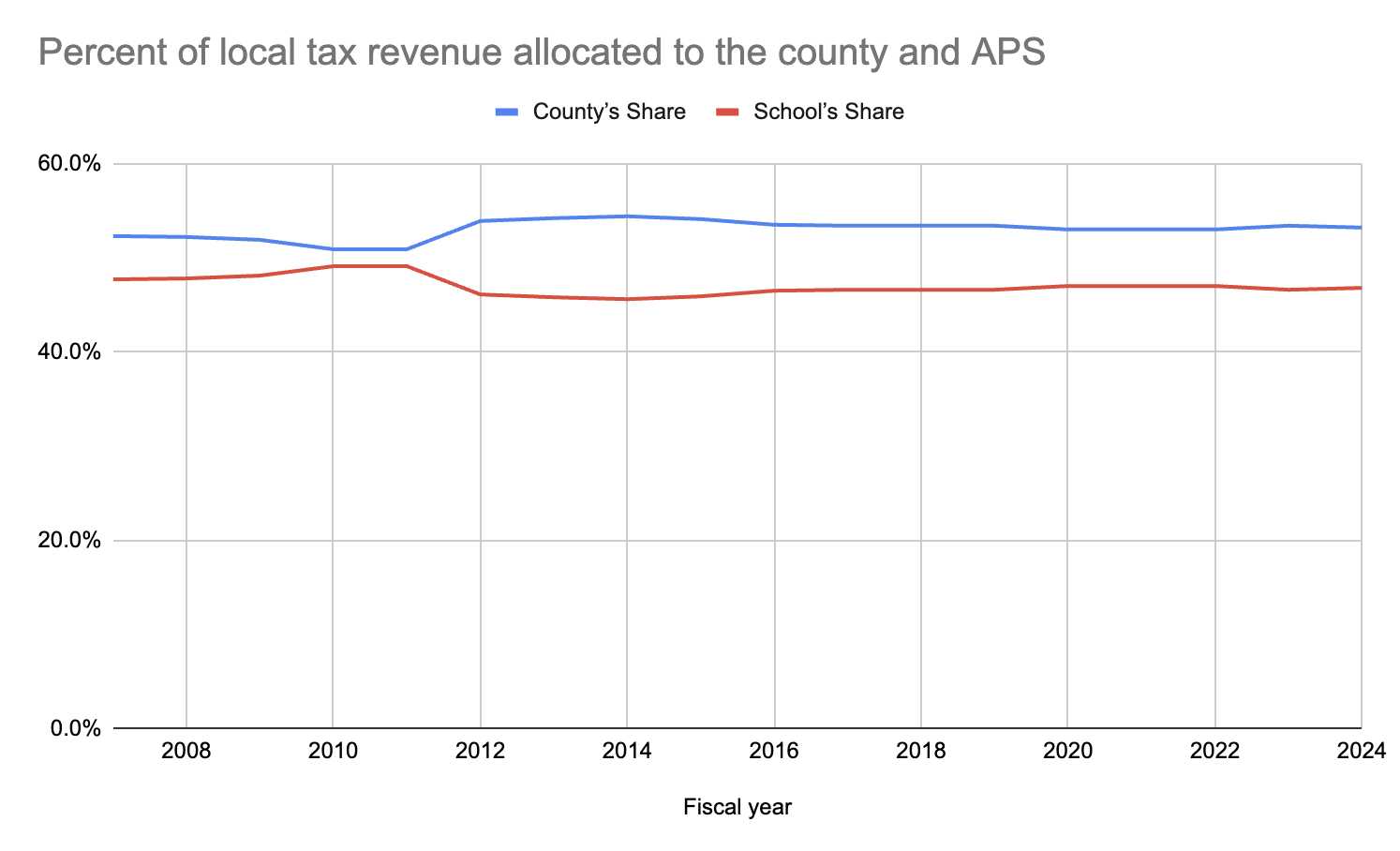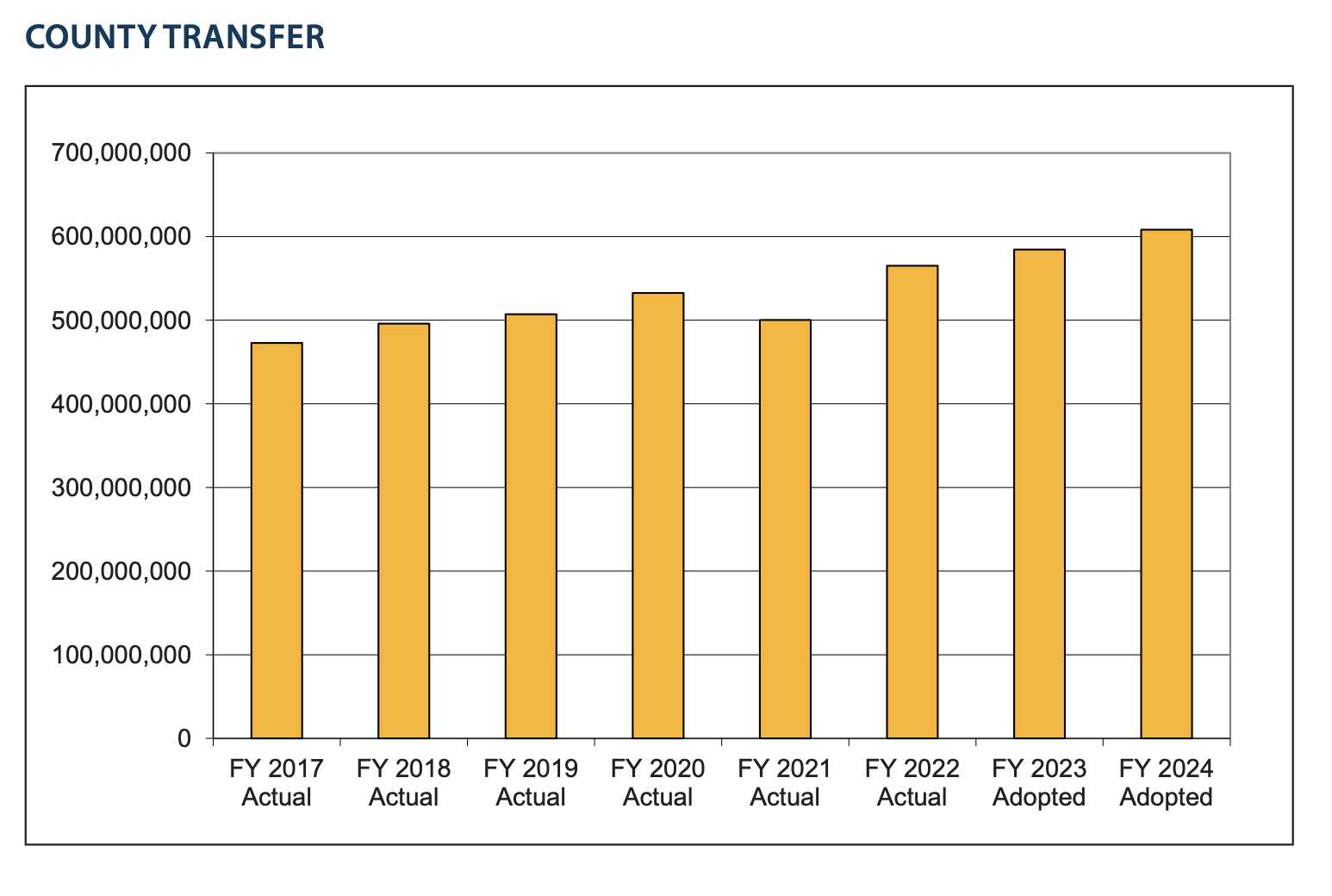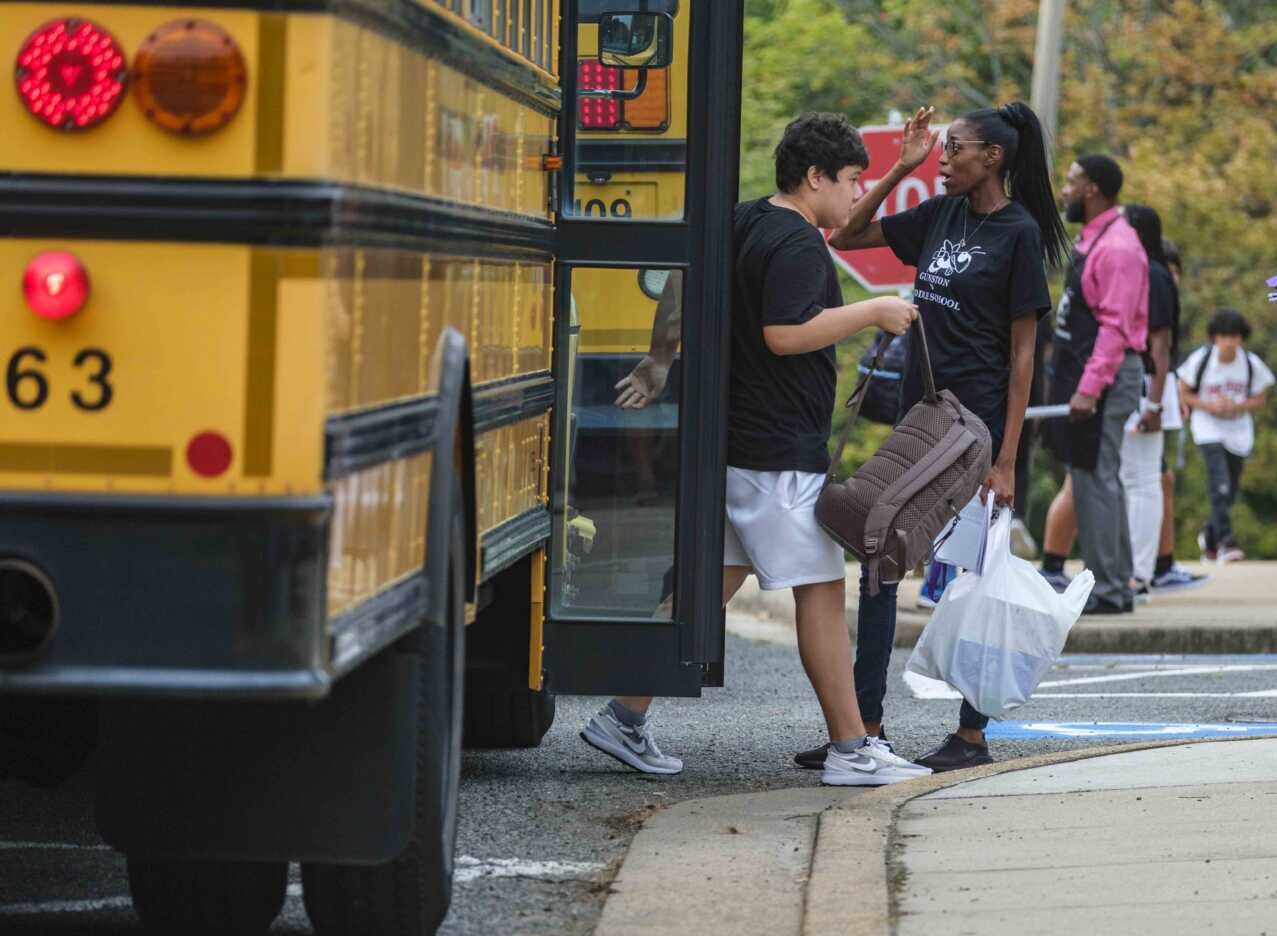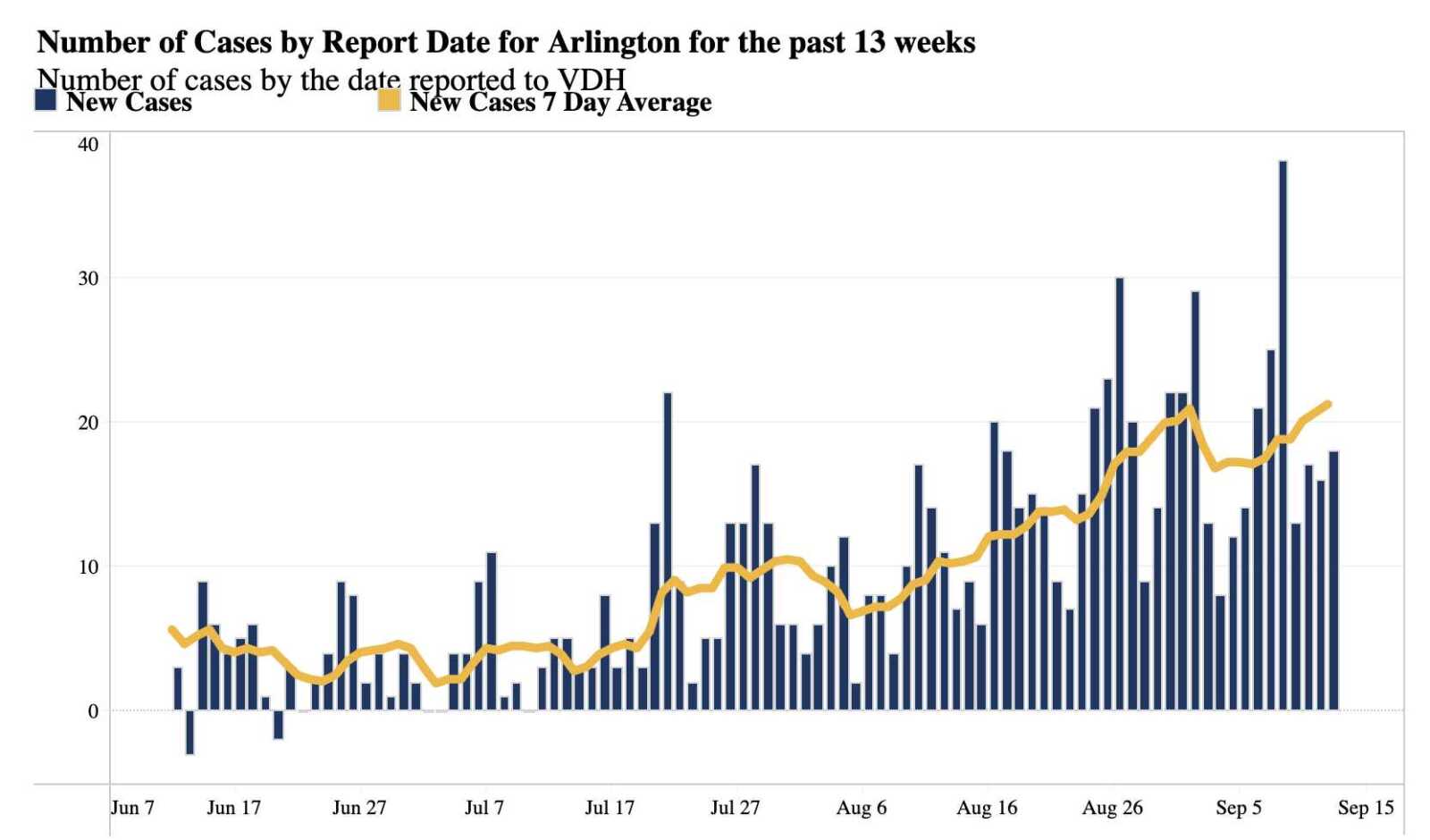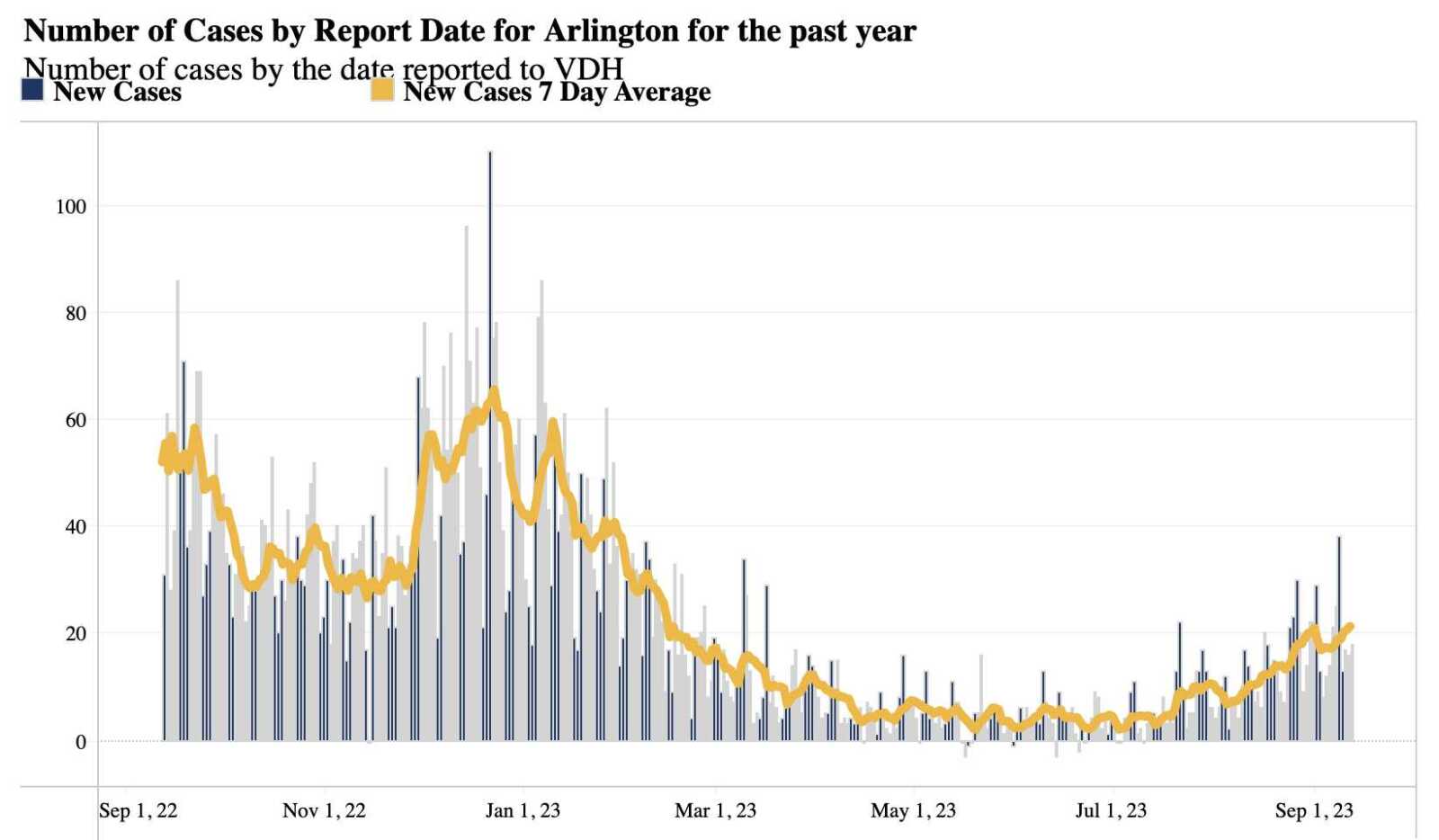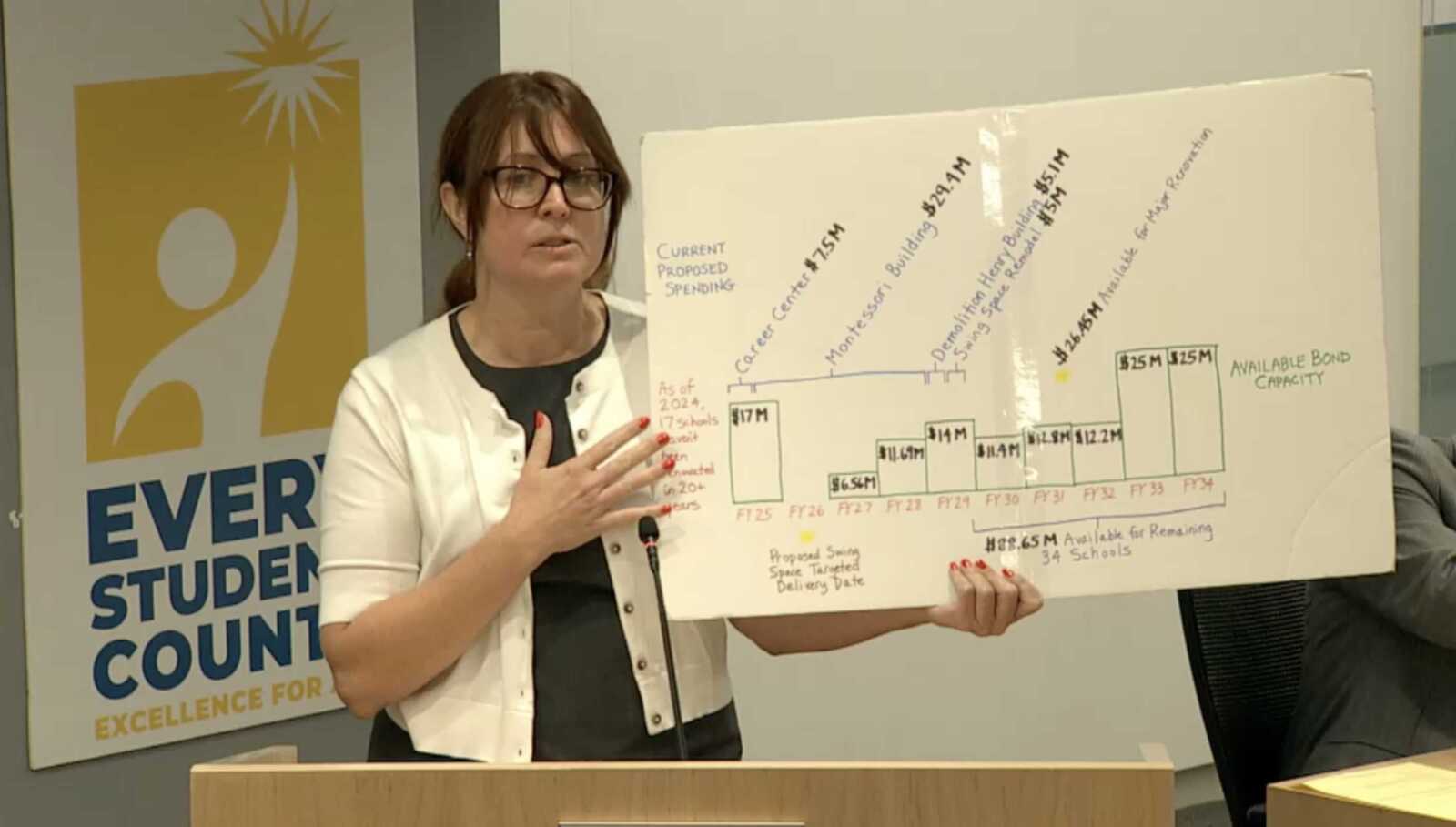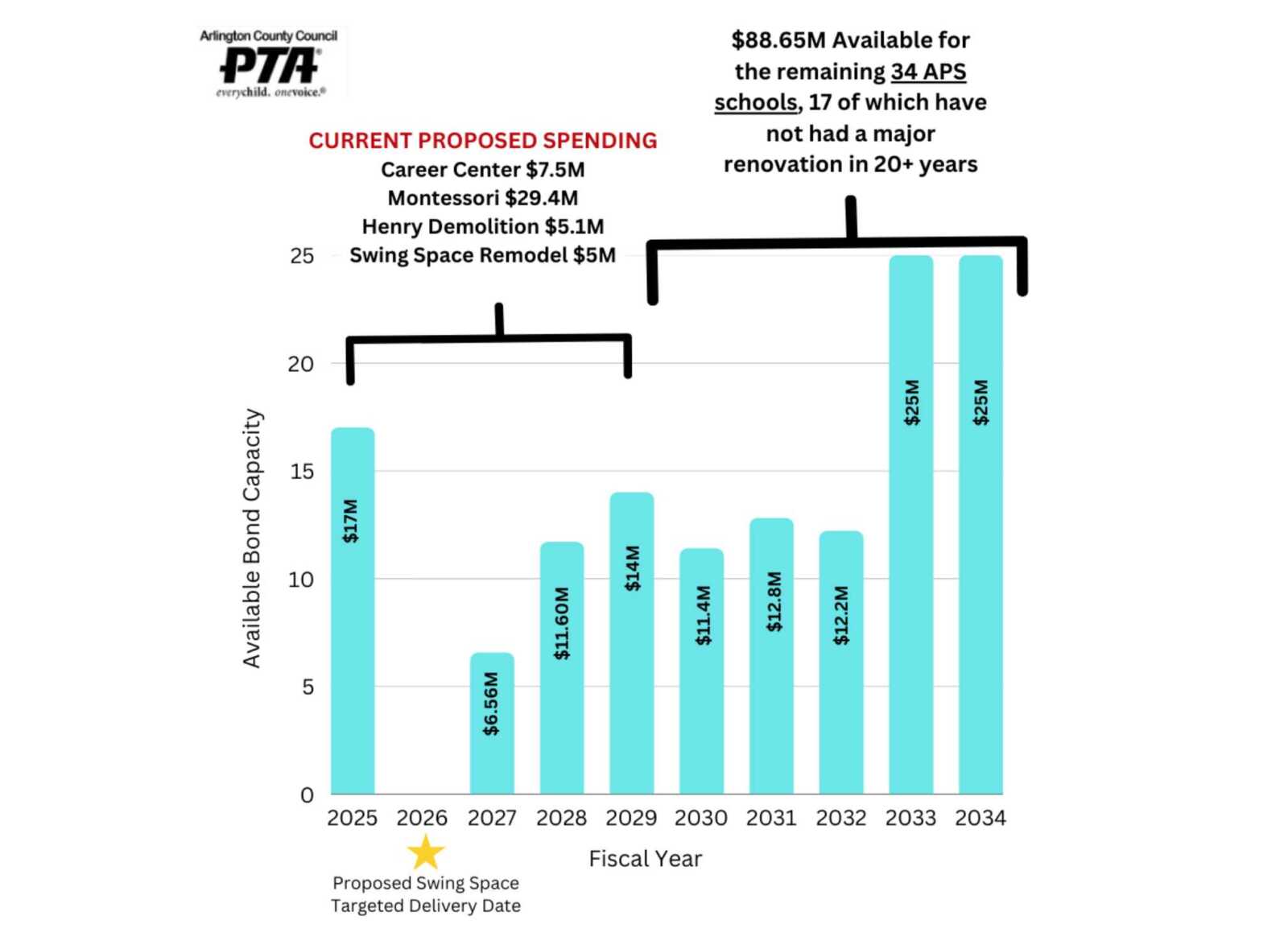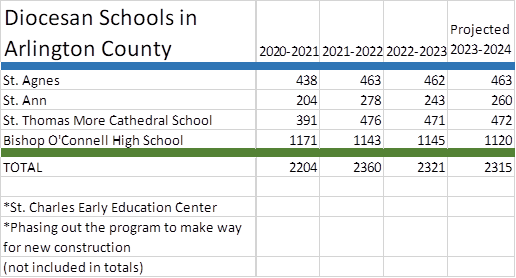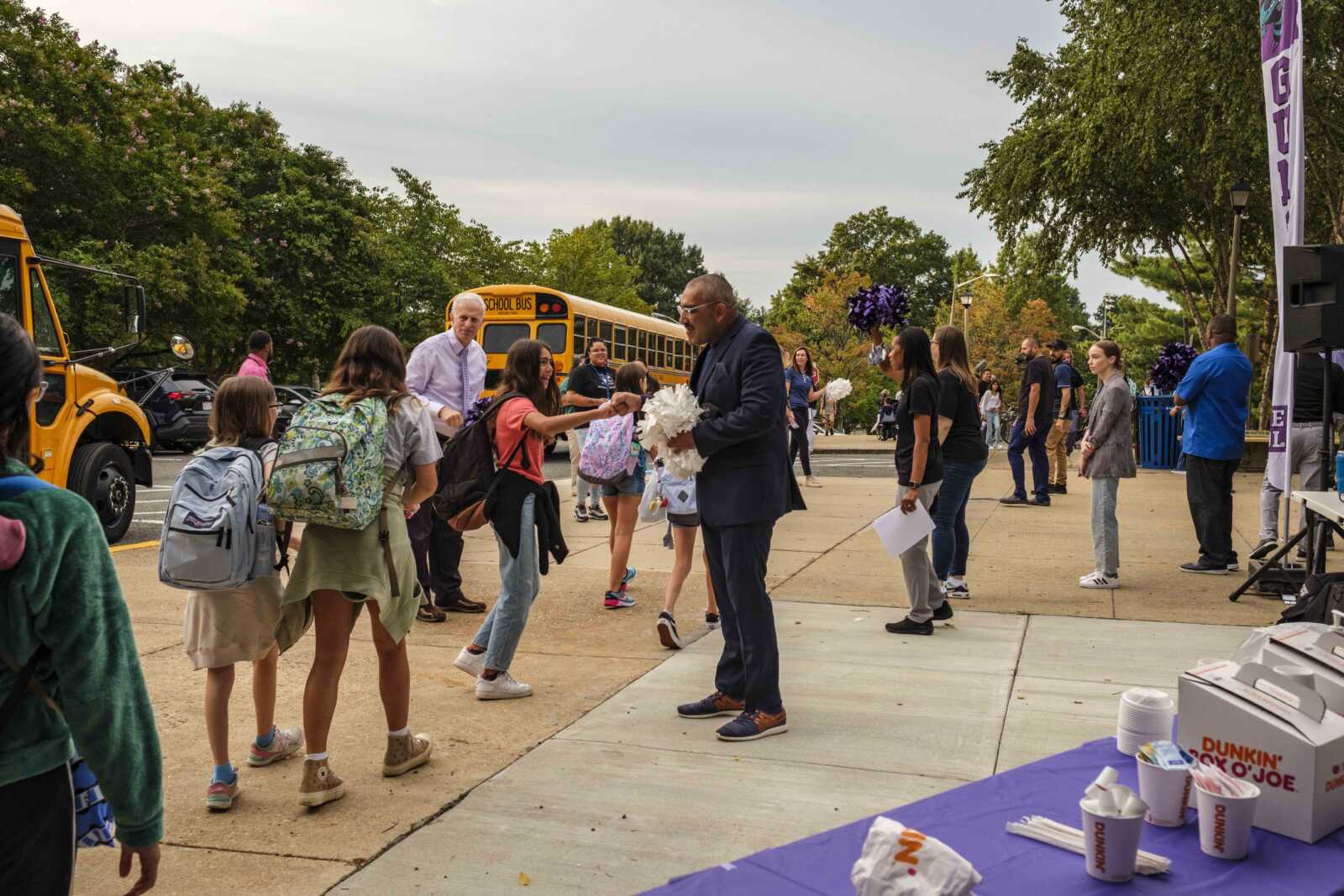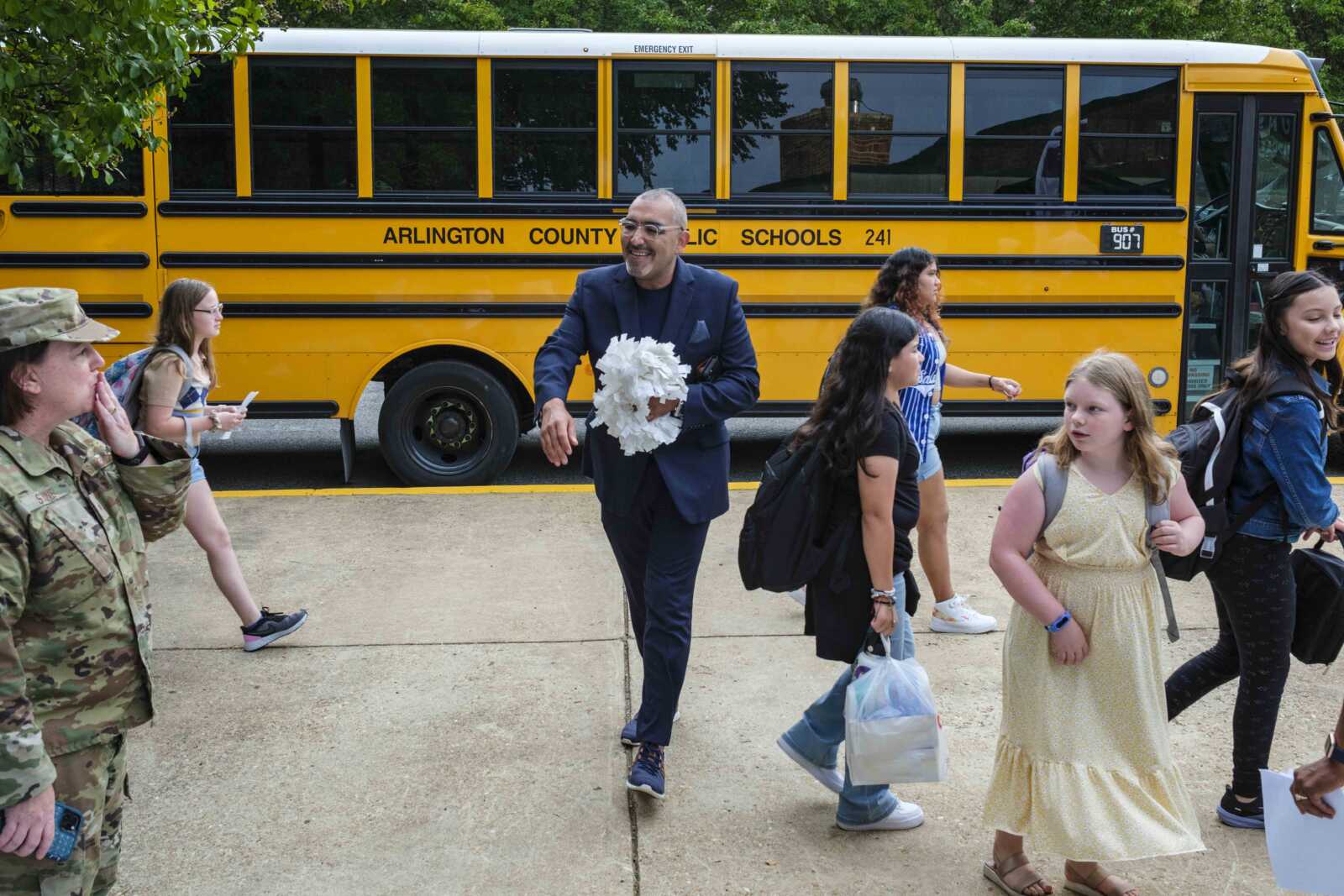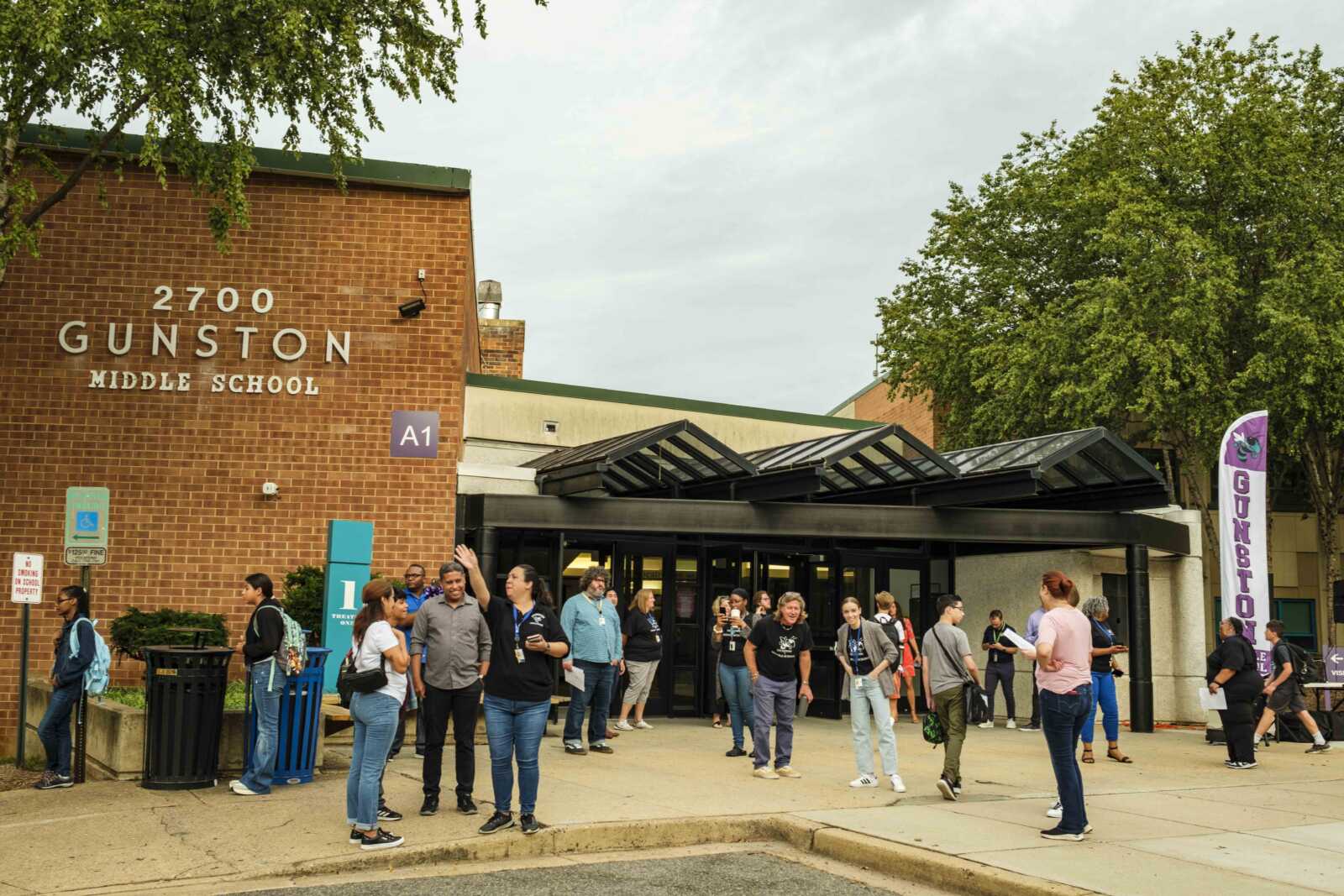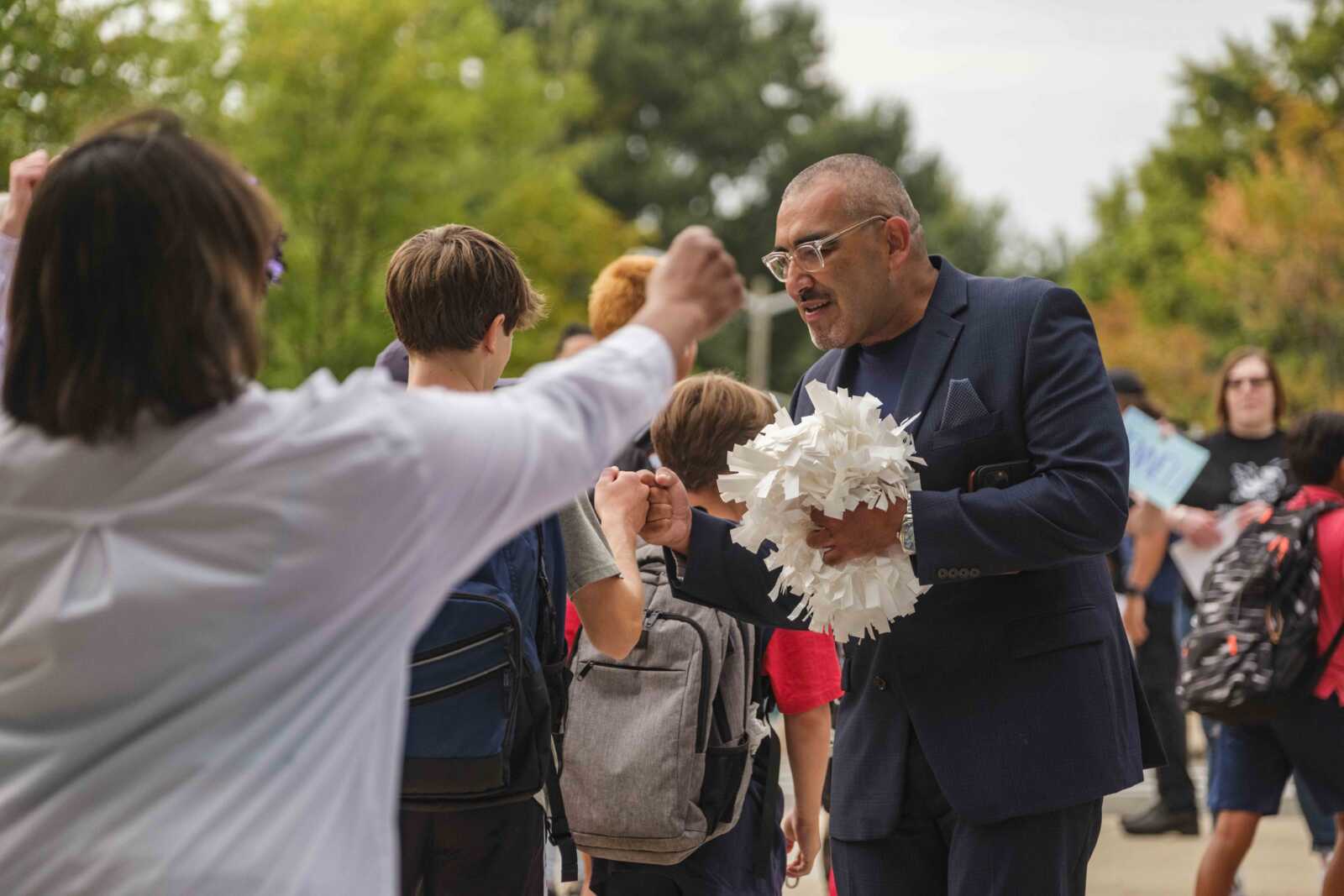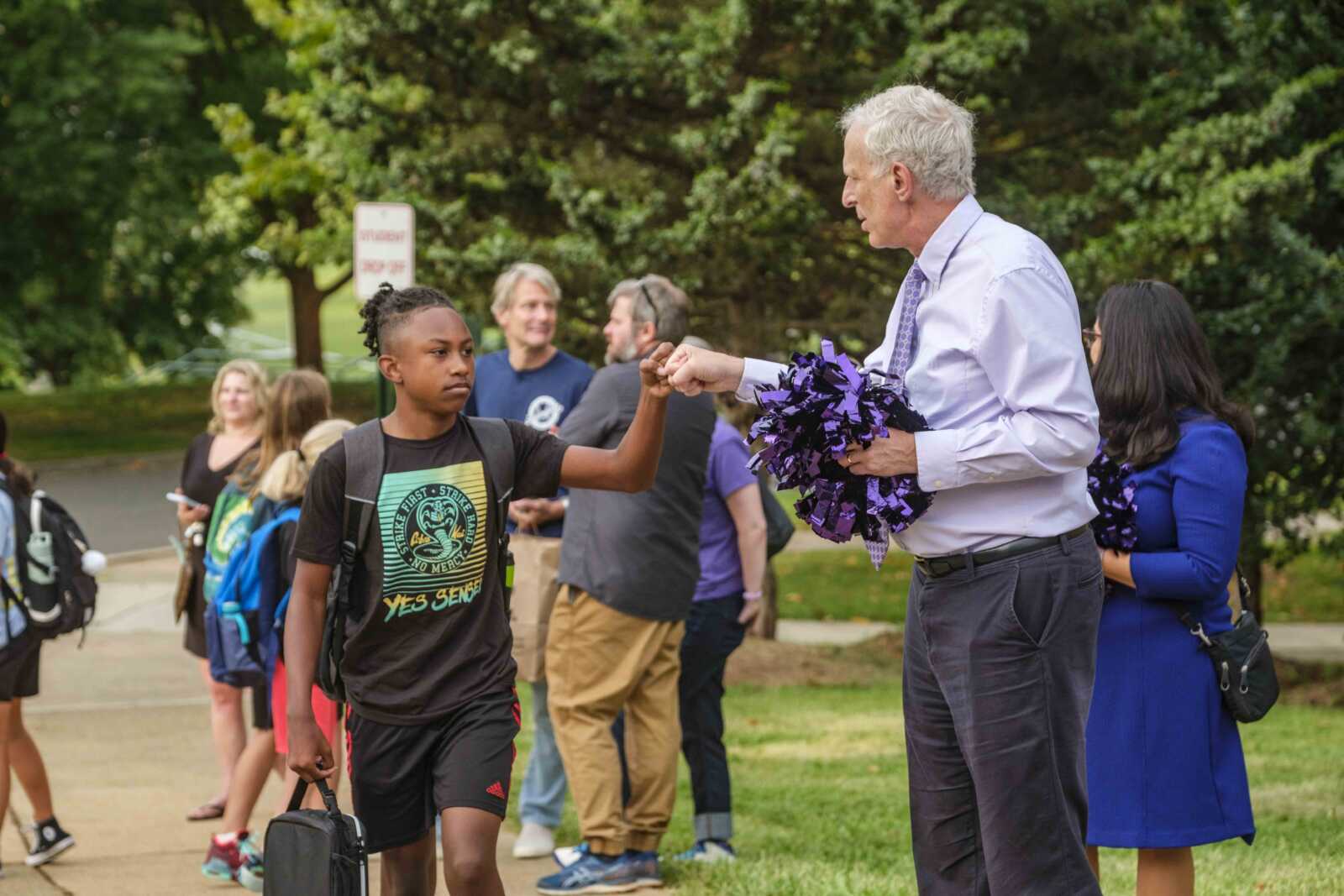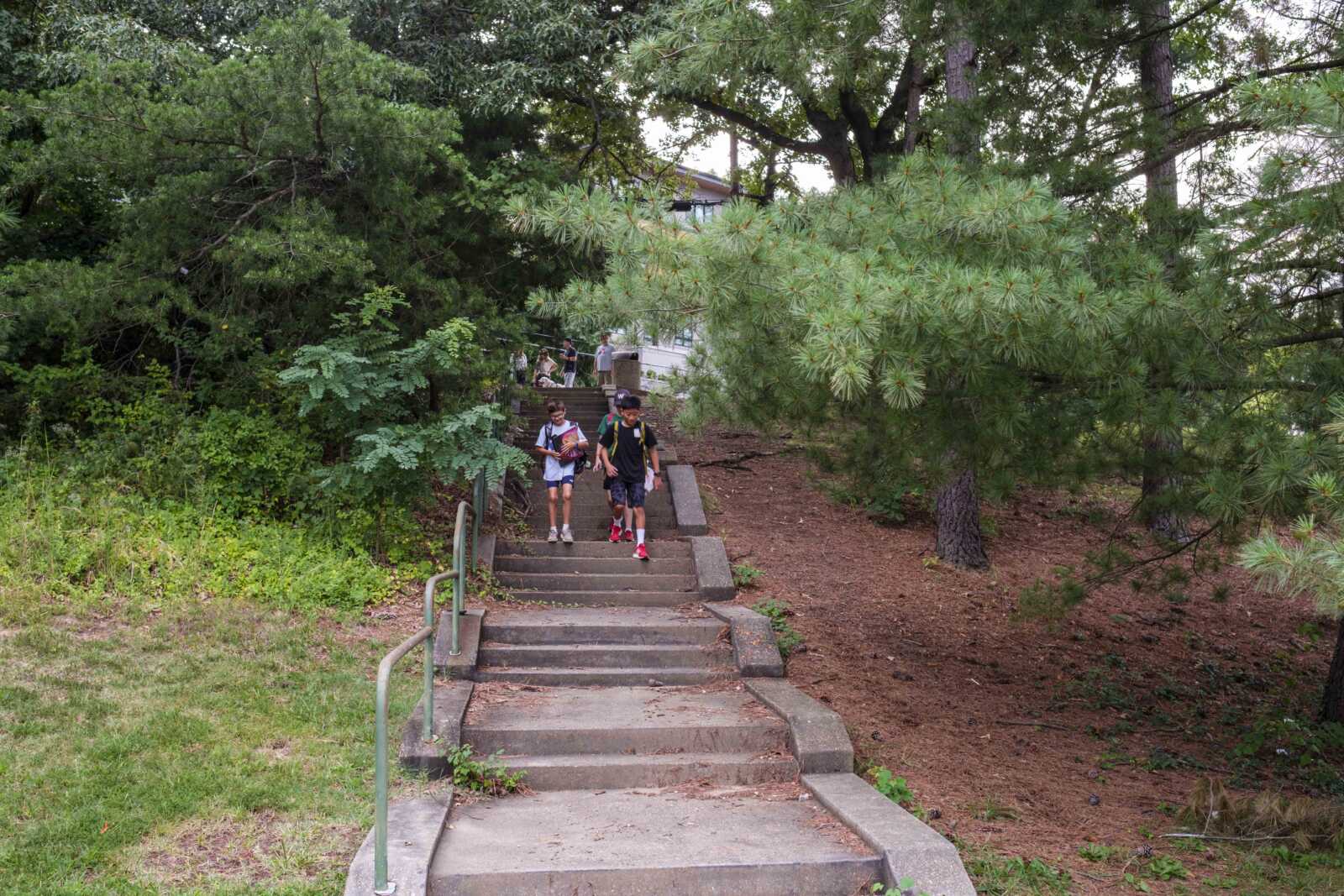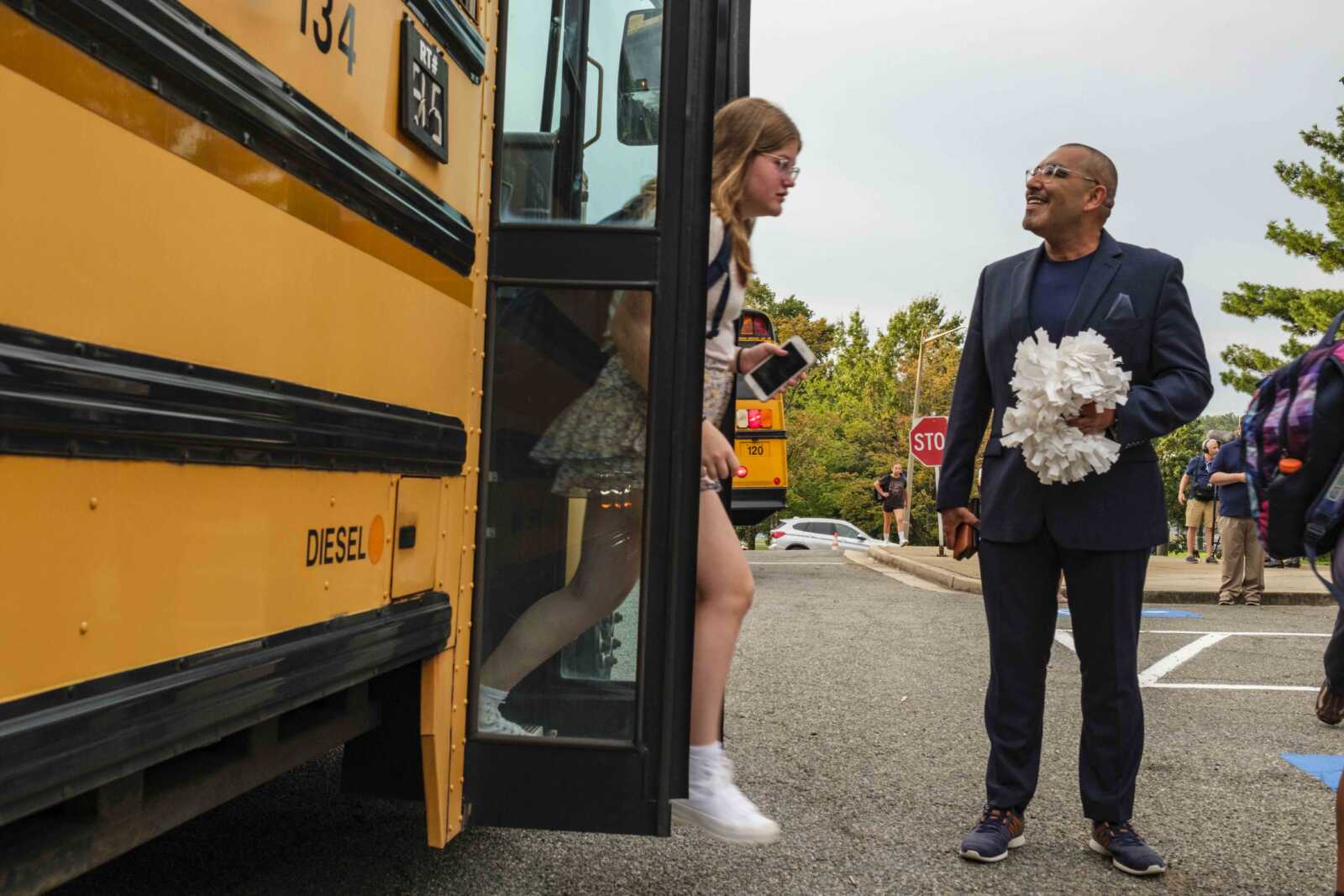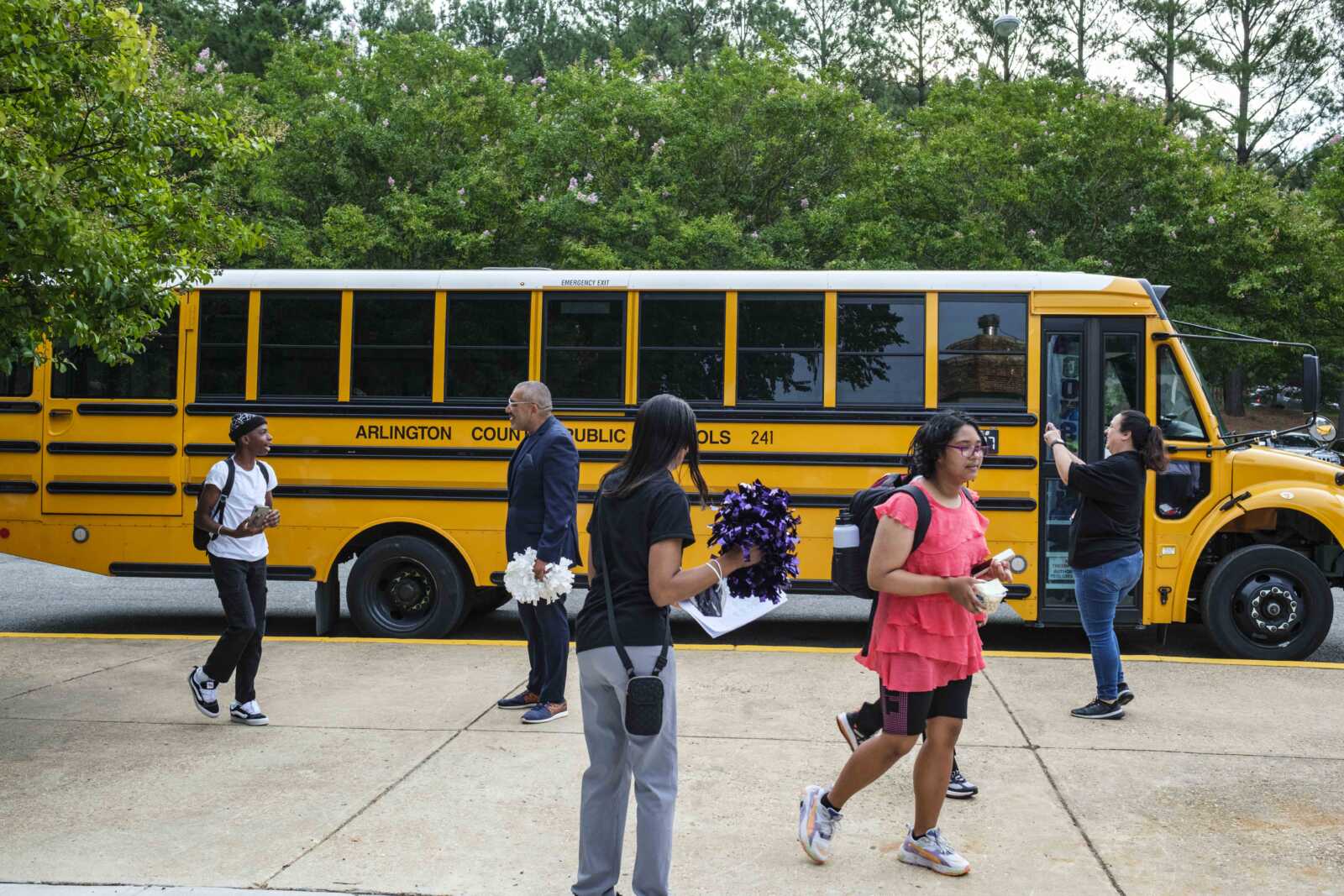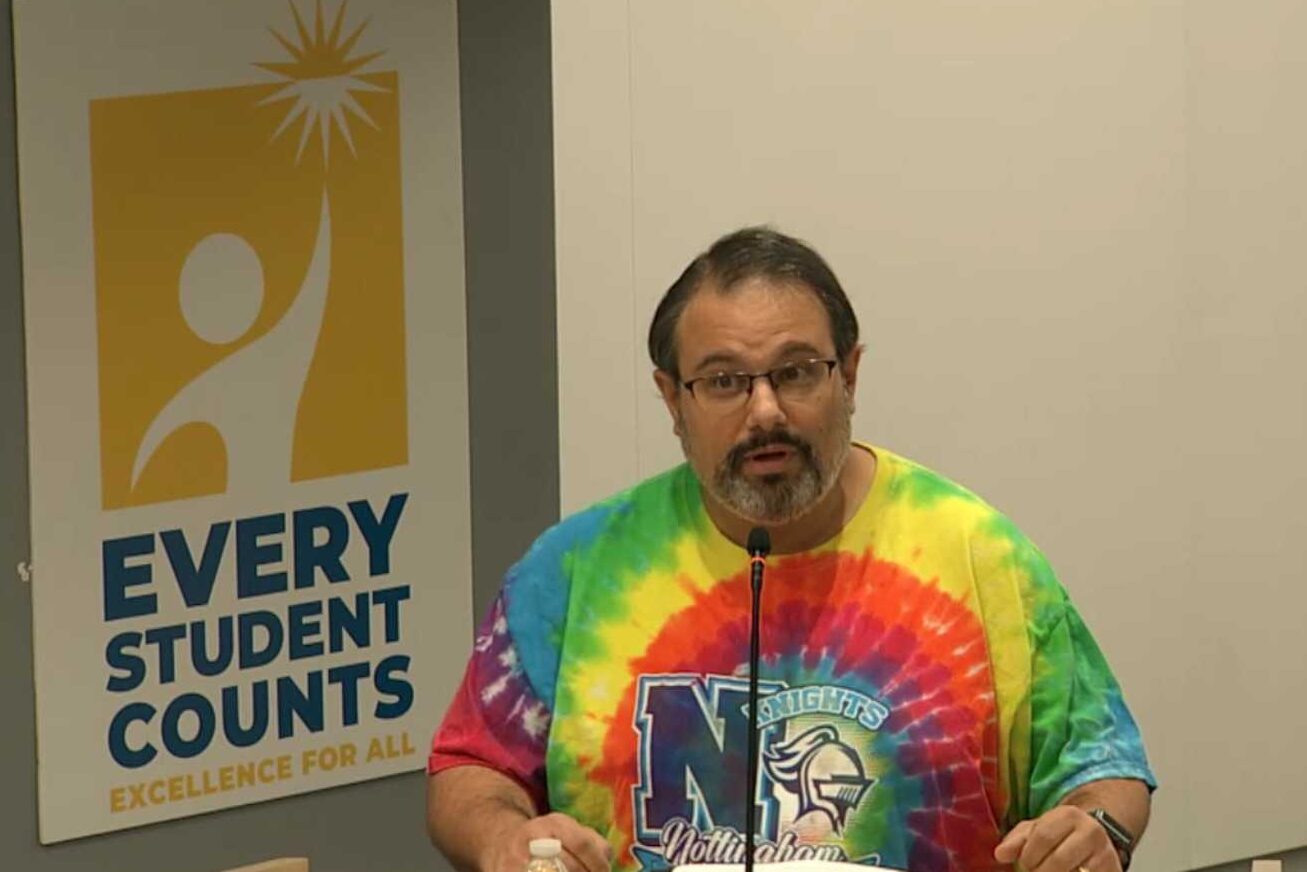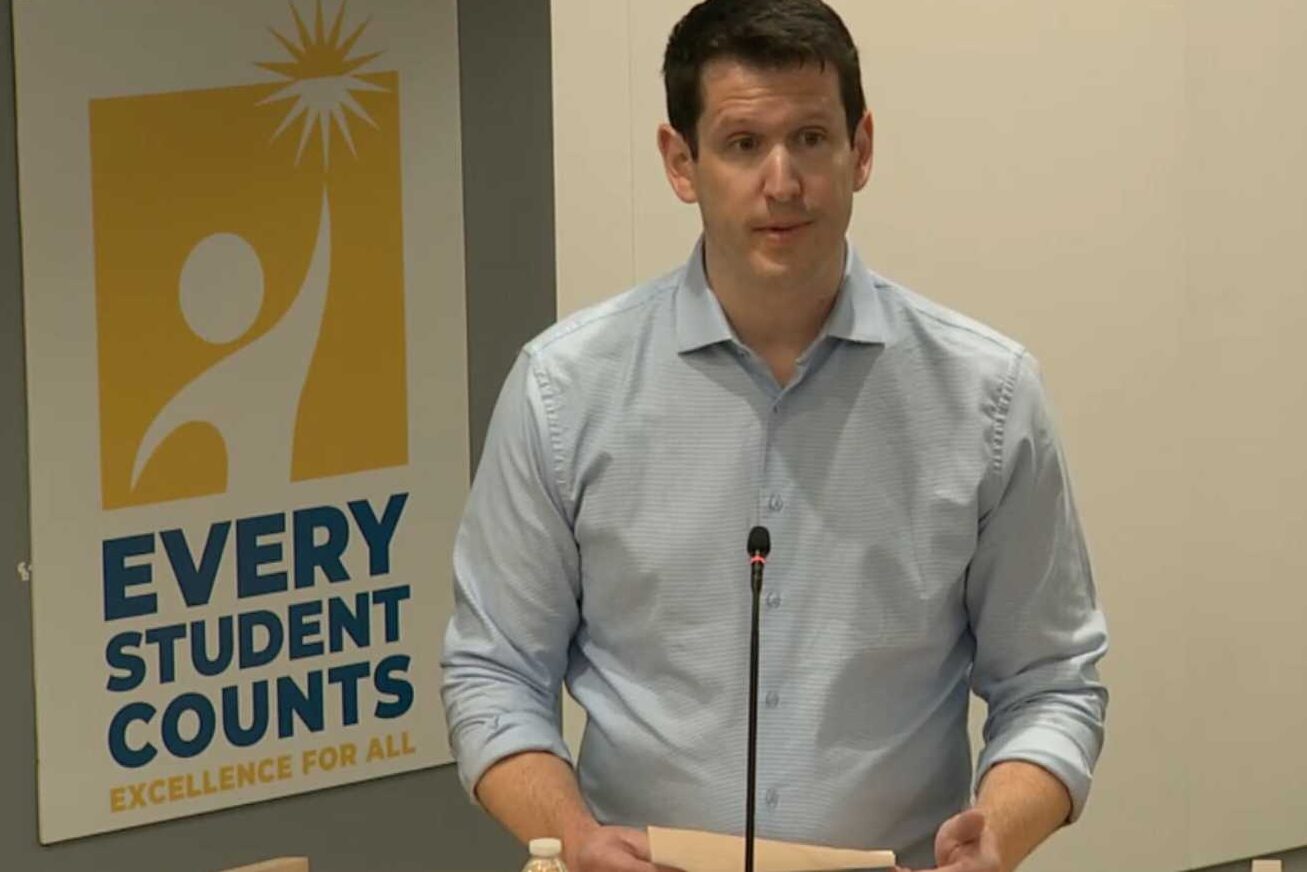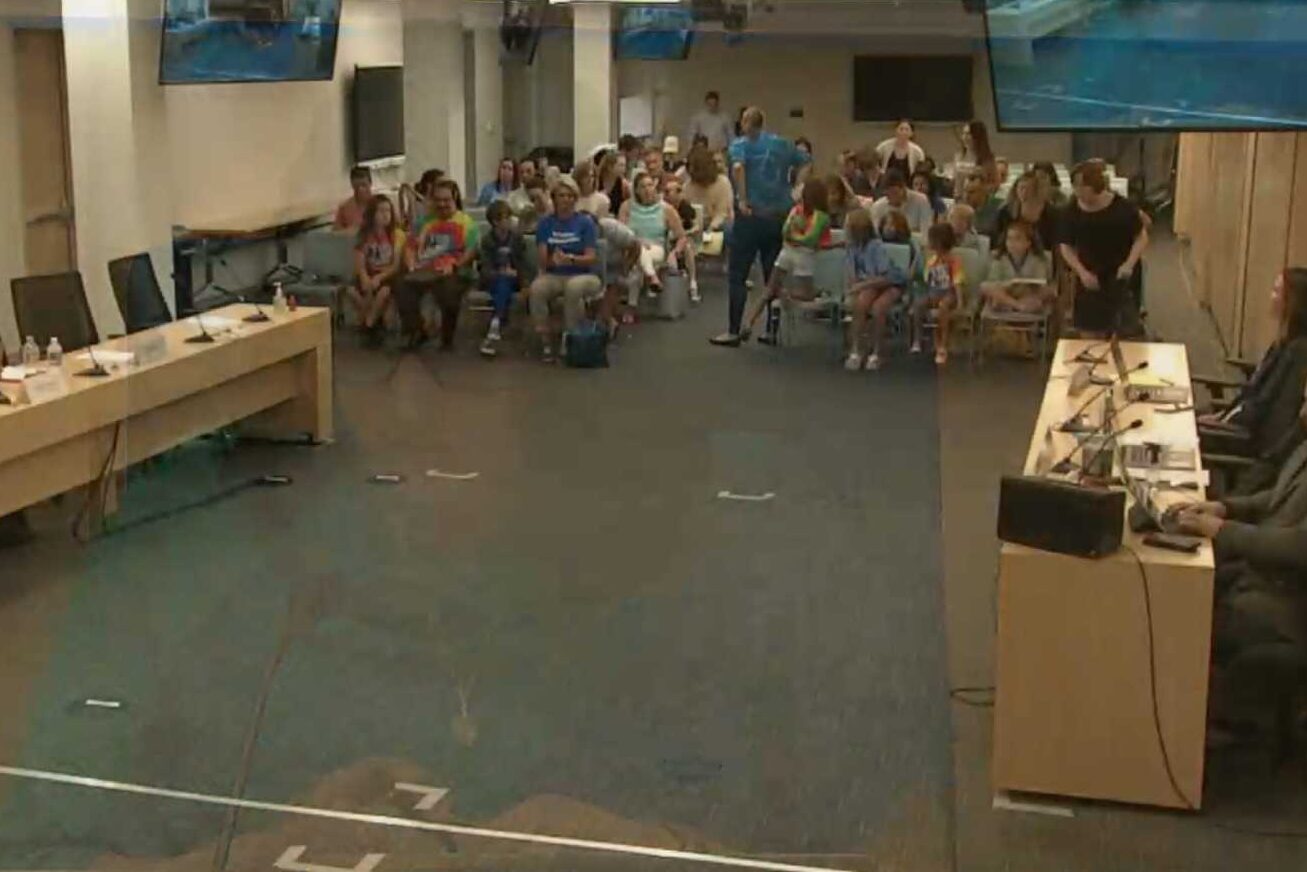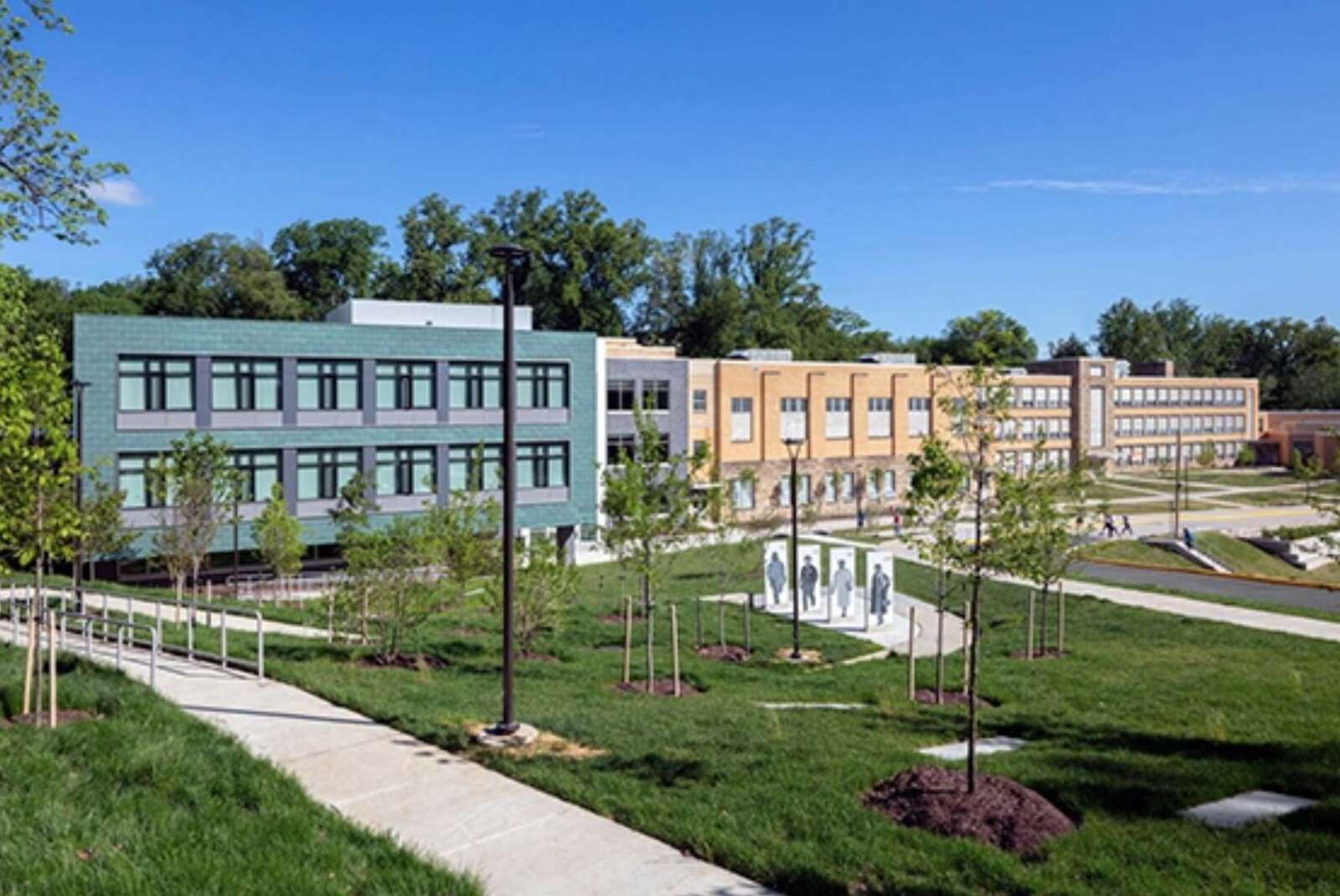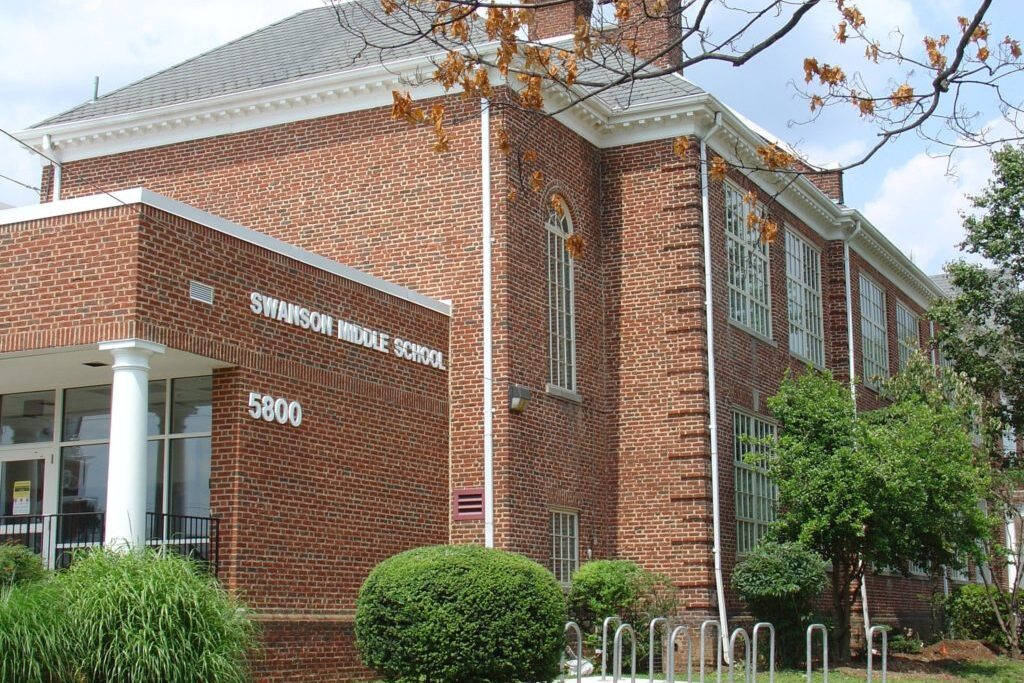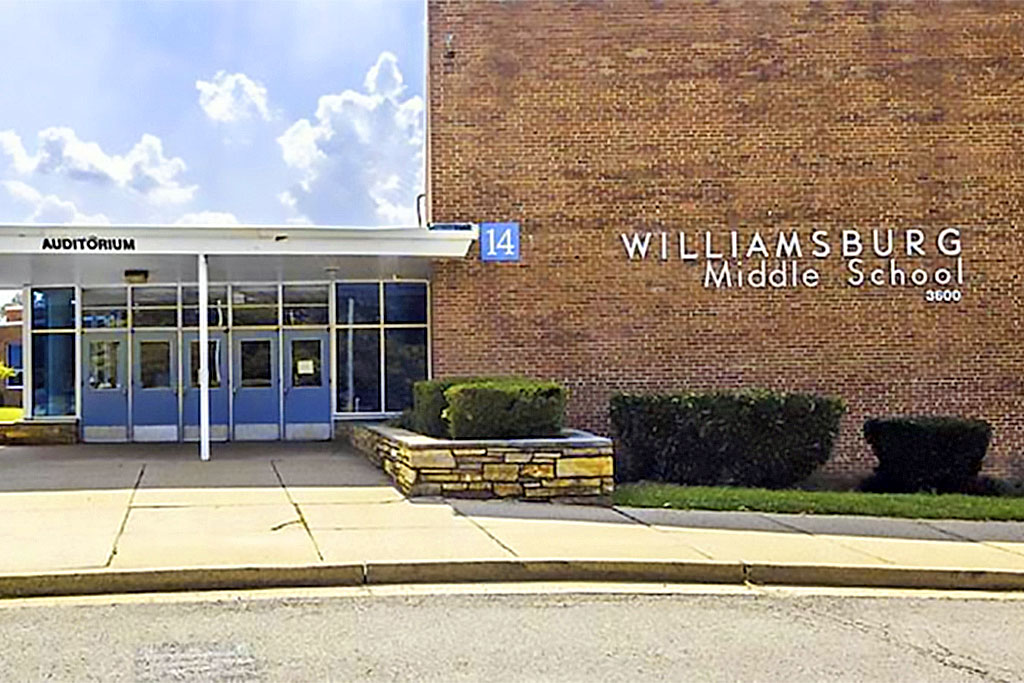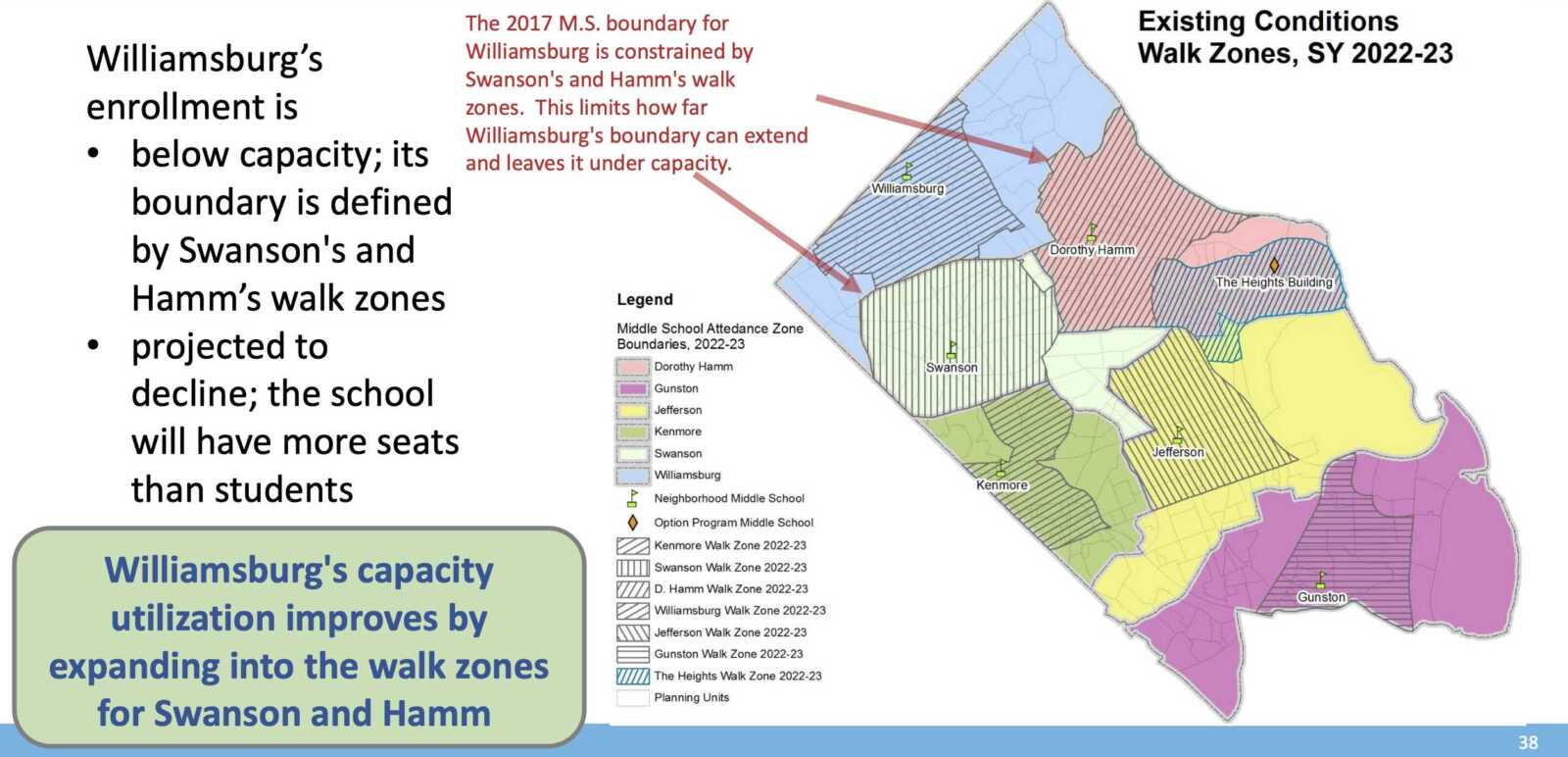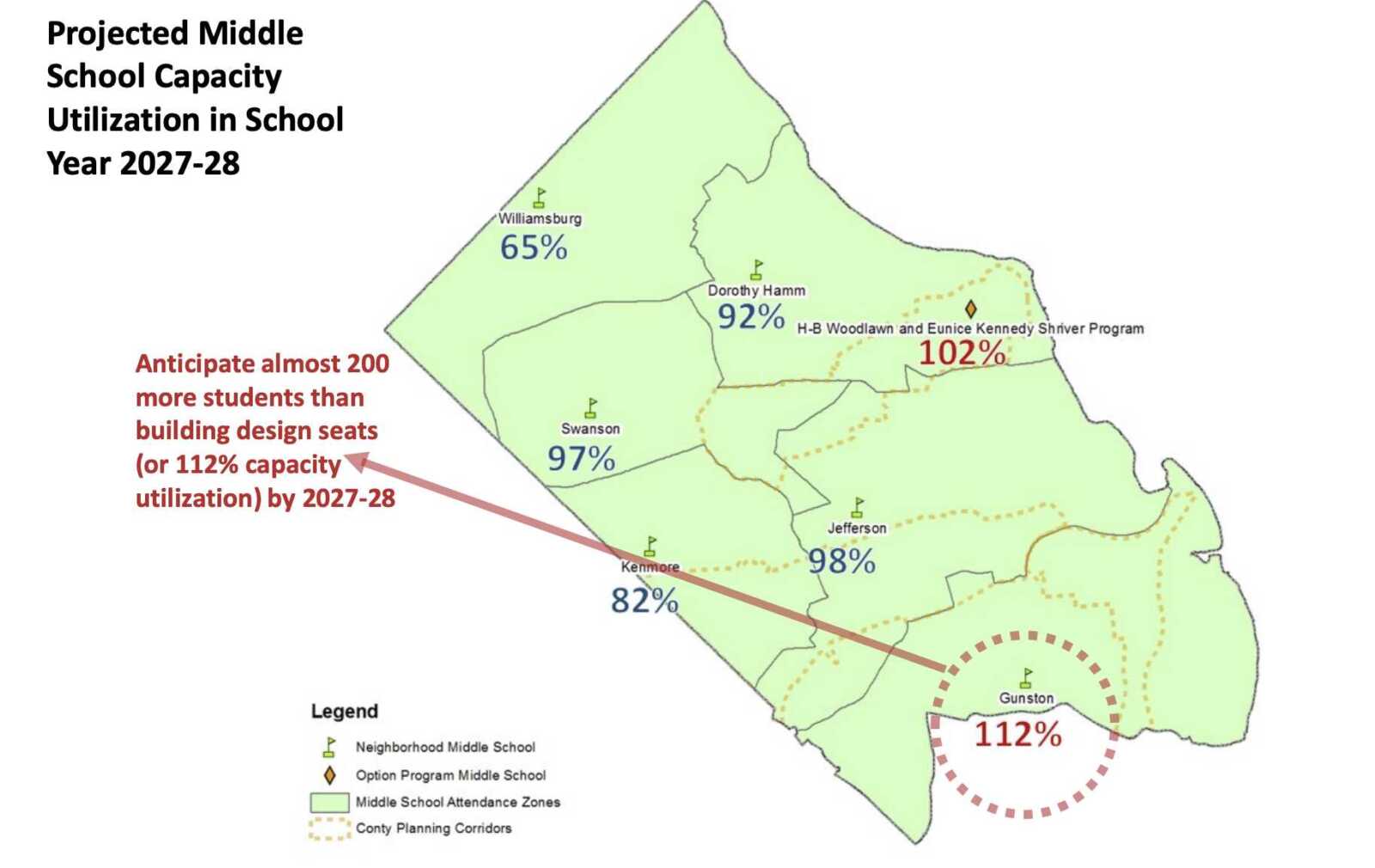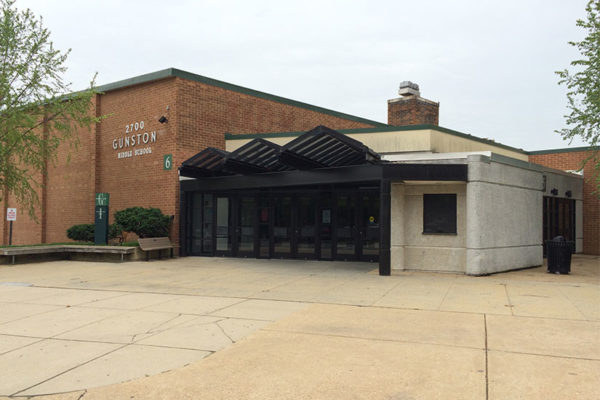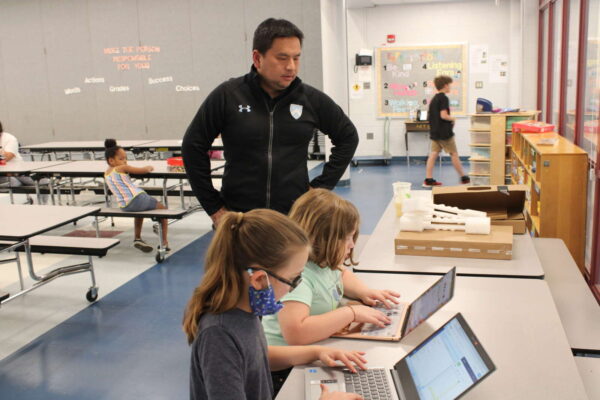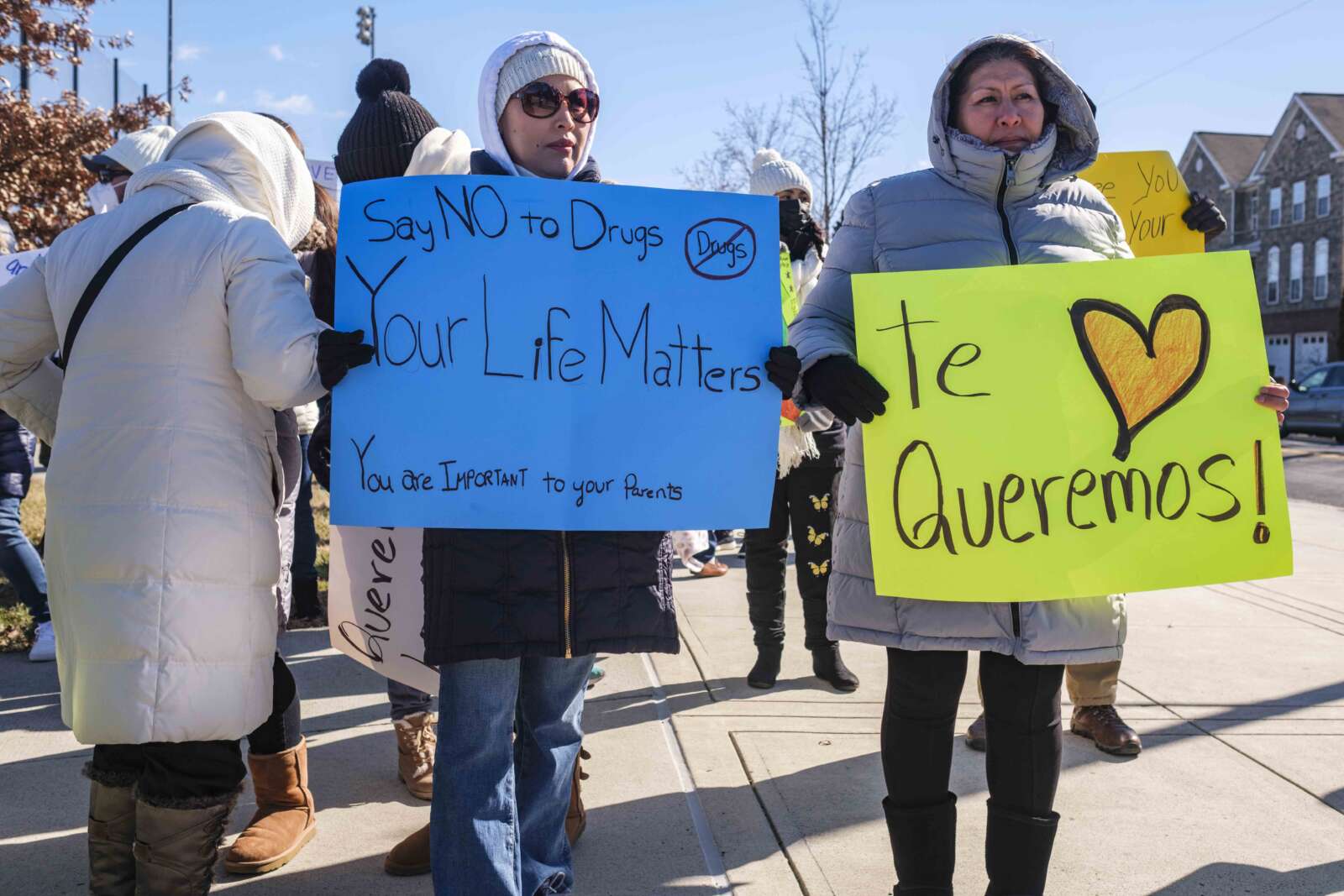
Bucking statewide trends, Arlington County may be seeing opioid overdoses trend down this year.
So far this year, Arlington registered 44 overdoses with Narcan — a brand name for the opioid-reversal drug naloxone — deployed in 35 instances. Of the overdoses, eight involved juveniles, all of whom received Narcan.
That marks a 31% decrease this calendar year in total opioid overdoses, compared to other Virginia jurisdictions still seeing increases, says Emily Siqveland, the opioids program manager for the county.
That is the good news, to be taken with a more sobering projection that Arlington County is not seeing a similar decline in fatal overdoses. As of this time last year, Siqveland says Arlington had the same number of fatal overdoses as it does now: 15.
Arlington County has been significantly affected by the opioid epidemic wreaking havoc on the country and the region, where the Inova health system estimates some 32% of adults have a family member or friend with an addiction. In response, the county has joined lawsuits against pharmaceutical companies linked to the opioid crisis, putting settlements toward treatment.
It was the January 2023 death of 14-year-old Sergio Flores after overdosing at Wakefield High School, however, that threw a spotlight on the use of pressed pills among young people and a lack of local treatment options for them. His passing prompted a surge in activity and conversations within Arlington Public Schools, the county and the broader community.
Eight months later, some of that work is coming together.
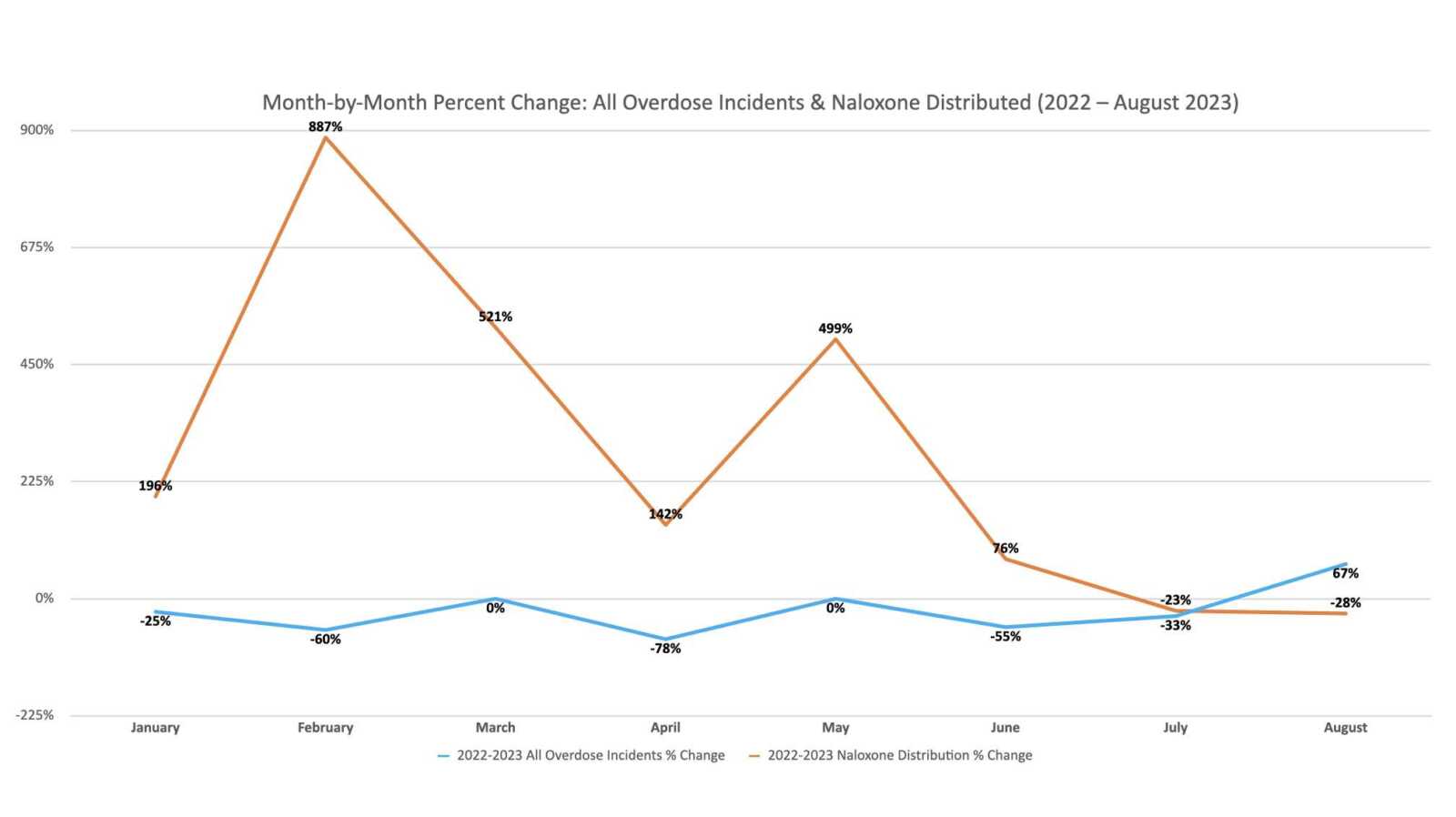
Works in progress
The hyperlocal focus on young people dovetails with findings from Inova that younger generations are particularly touched by addiction. It found 32% of Gen Z and 39% of Millennial survey respondents reported having a family member or friend with an addiction.
APS has hired one substance abuse counselor and is finalizing paperwork for the other, says Darrell Sampson, the school system’s executive director of student services. This would bring the total number of counselors to eight serving the division.
This year, the Dept. of Human Services and APS are preparing to station four county therapists in the high schools. To date, 320 high school students have family consent to carry Narcan in school.
“With the additional substance abuse counselors, we’re able to expand supports to middle schools,” Sampson tells ARLnow, noting insufficient support for 6-8th graders was a concern in the community. “We want to try to keep [kids who are experimenting] from blowing up into a more full-blown addiction or using even more concerning substances.”
In June, several years after closing down its juvenile treatment program, National Capital Treatment & Recovery (NCTR) — formerly Phoenix House — debuted its new adolescent intensive outpatient program this summer.
As of yesterday (Thursday), NCTR has admitted 13 patients and has had to turn away referrals from outside the county, which it cannot accept at this time, NCTR Chief Clinical Officer Pattie Schneeman tells ARLnow.
“I anticipate the referrals will increase now that school has started, because that is often where we start seeing the needs surface, i.e. when it interferes with school attendance, etc.,” Schneeman said.


